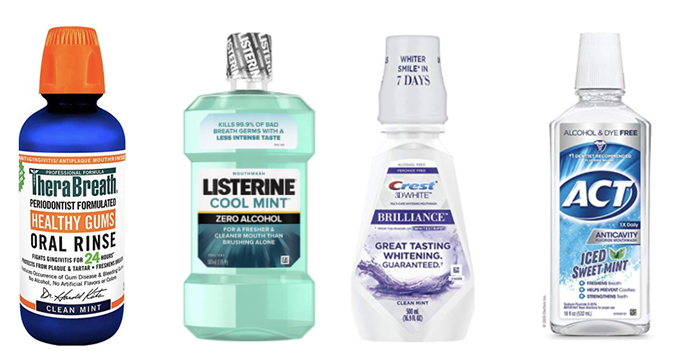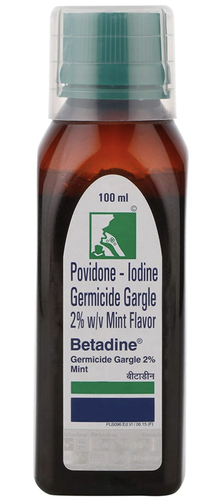  Years ago, I remember hearing that the plaque, now biofilm, was mainly full of anaerobic bacteria. I had invested in an ozone machine and had an idea of using a modified bleaching tray or similar to apply the ozone via the Healozone machine. You'll be relieved to hear I went and asked for advice. The conversation went on with a Periodontist to oxygenating the pocket. I may have been carrying it out to a minimal extent through using diluted hypochlorous acid in my cavitron. I had invested in a Sterilox machine because of the recent worry regarding legionella. (The conclusion in the long paper is interesting, and we went down the same route with dishwashers for CJD. The interesting part about legionella was the research published about aerosols in 2000.) The conversation with the specialist drifted to using a hypochlorite rinse. What was a safe concentration to use? The answer from the expert was nobody knows, as its too cheap for any company to fund the research. We have some idea now. This is from the article published in late 2019 The trial was it was not sponsored, and based in India were Chlorhexidine is more expensive. https://www.ncbi.nlm.nih.gov/pmc/articles/PMC6906904/ This was recently on my mind as there was a post about allergic reactions to chlorhexidine, and I sometimes wonder with rubber dam With the current pandemic, there is talk about mouthwashes. So I asked an expert about using 0.2% hypochlorite. You may be interested as this applies to mouthwashes in general. Historically with mouthwashes in vitro may work, in vivo don't. Some mouthwashes are relatively ineffective in a mouth and don't reduce the bacteria or virus in sufficient numbers to be effective. Possibly due to the mouthwash becoming inactive by binding to salivary proteins, and some natural resistance by the bacteria, and after coughing any virus or bacteria will be protected by mucus. As the virus infects the URT and salivary glands, there is a continuous supply of the virus which may be accelerated by a mouth rinse. The mouth rinse does not travel up a salivary duct, and hopefully, the user should keep clear of the URT. For balance, this is an article from California about five years ago. It was the source of my initial interest. Being in the USA they tested Prisoners, and a similar group-dental students. https://www.rdhmag.com/career-professio ... ch-rinsing Often when using my ultrasonic my mind may drift. At nine seconds per tooth, hopefully four minutes relaxation for me. Generally, I would do enough to disrupt the biofilm, and if any sign of bleeding refer to our hygienist. This is the kind of thing I would think, do you? The average size of a pulp chamber by volume is 0.02cc. Your average 1.8 ml syringe is having enough by volume for 90 pulps. The average amount of saliva by volume in the mouth is 1 ml. If all the hypochlorite from the pulp chamber escapes into the oral cavity, it would have a concentration of .02%. The Mouthwash concentration of this trial was 0.2%. Now I know the taste of hypochlorite isn't great, but then when it comes to taste everyone is different. Some prefer beer or wine or spirits etc. Generally, they have the same effect but all can be fatal with the wrong volume or dose. When I had some patients trapped in my chair, I would ask for their professional advice on many occasions. My favourite was for the more elderly, happy, healthy patients their secret to a long and happy life. It was golf, and a whiskey of an evening. Over the years, it changed from whiskey to red wine. If you can't play golf, get a dog. To get some insight into how the public are let down in many ways, this is a great start. But get a drink first. Ben Glodacre's BAD PHARMA-How medicine is broken, and how we can fix it.
Great news about the vaccine though, its not all bad.
1 Comment
|
Details
Guest authorHave something of interest to share. this may be the place Archives
June 2023
Categories |



 RSS Feed
RSS Feed